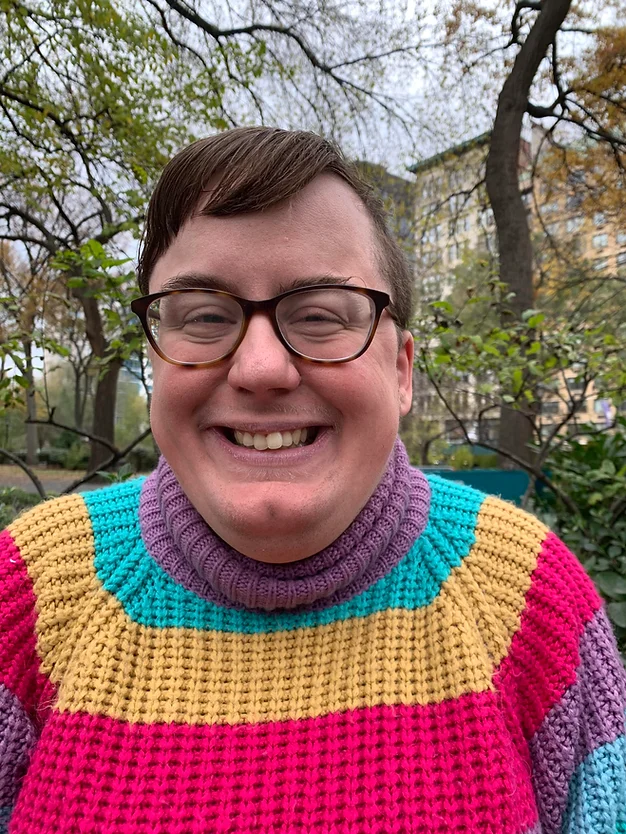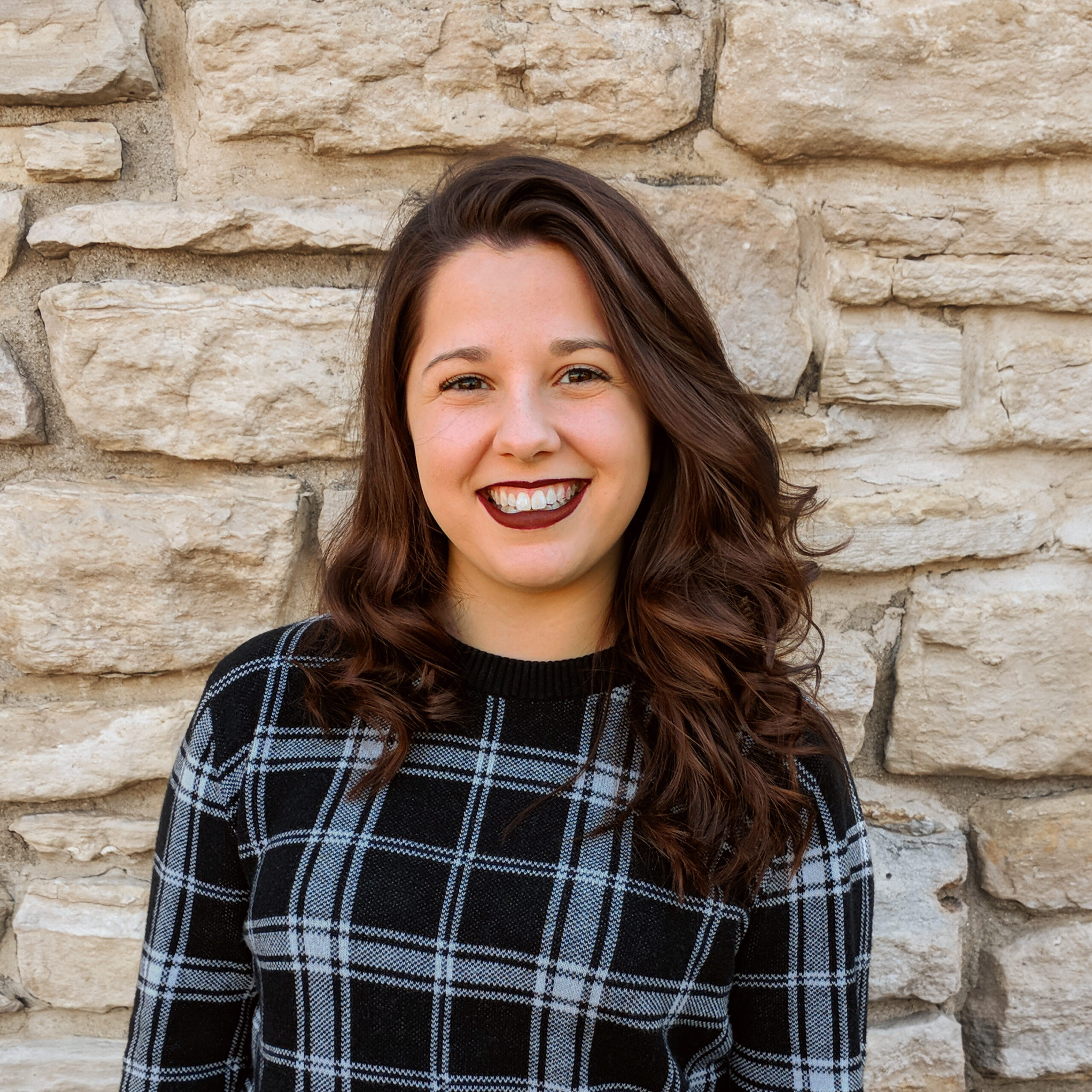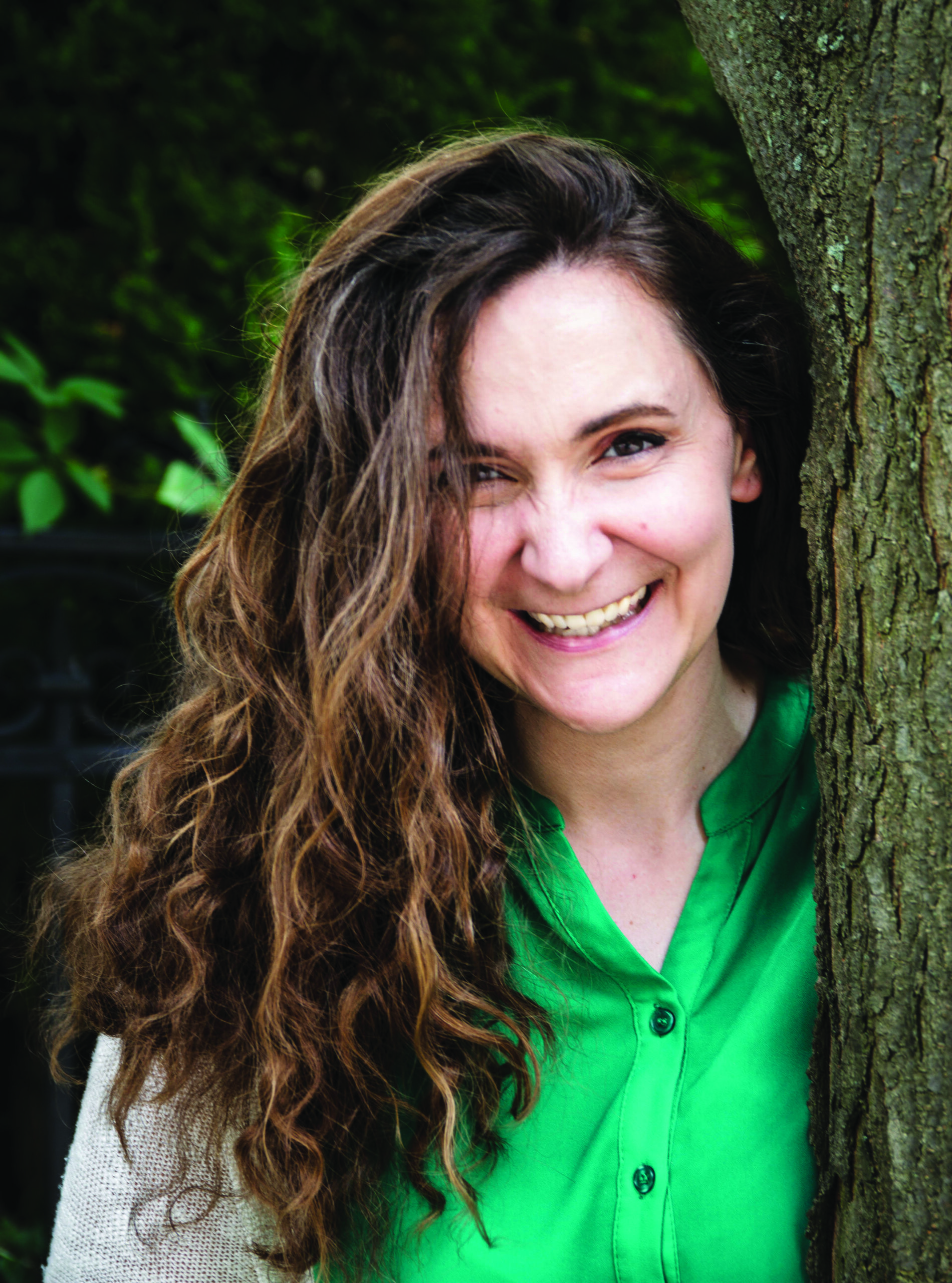
by Michele Kirichanskaya | Sep 22, 2023 | Blog
Melissa See is a disabled author of young adult contemporary romances. When not writing, she can be found reading, baking, or curled up with her cat, most likely watching anime or 90 Day Fiancé. She currently lives in the New York countryside. You, Me, and Our...

by Michele Kirichanskaya | Aug 25, 2023 | Blog
Anna Sortino is a young adult author who writes stories about disabled characters living their lives and falling in love. She’s Deaf and passionate about diverse representation in media. Born and raised in the Chicagoland area, Anna has since lived in different...

by Michele Kirichanskaya | Jul 20, 2023 | Blog
Amanda Leduc is a writer and disability rights advocate. She is the author of THE CENTAUR’S WIFE (Random House Canada, 2021), DISFIGURED: ON FAIRY TALES, DISABILITY, AND MAKING SPACE (Coach House Books, 2020), and THE MIRACLES OF ORDINARY MEN (ECW Press, 2013). Her...




